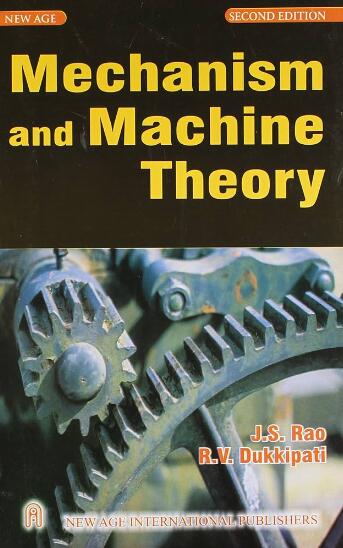x形框架双双稳机制:共享x形框架的两个双稳模块之间的耦合
IF 4.5
1区 工程技术
Q1 ENGINEERING, MECHANICAL
引用次数: 0
摘要
最近的研究已经证明了多稳定机制在逻辑运算、形状变形和机器人重构方面的潜力。本文提出了一种新的完全兼容的多稳定机构,称为x框架双双稳定机构(XD多稳定机构),它由两个双稳定模块组成,共享一个共同的x形框架。x形框架具有有限的刚度,这导致两个双稳模块之间的强耦合。通过调整机构的4个主要参数,通过6个实例展示了多种状态切换行为。通过动静力模型论证了机构的两条运动路径,并从能量角度解释了路径转换现象。当另一个模组的状态发生变化时,双稳态模组表现出不同的力学特性。此外,还发现了由耦合引起的异常跃迁现象。通过实验进一步验证了状态切换行为和异常跃迁现象。所呈现的丰富的力学行为可以有效地指导基于该多稳定机构的进一步设计和应用。本文章由计算机程序翻译,如有差异,请以英文原文为准。
X-shaped frame double-bistable mechanism: Coupling between Two bistable modules sharing an X-shaped frame
Recent research has demonstrated the potential of multistable mechanisms for logic operations, shape morphing, and robot reconfiguration. This work proposes a novel fully compliant multistable mechanism called X-frame double-bistable mechanism (XD multistable mechanism), which consists of two bistable modules sharing a common X-shaped frame. The X-shaped frame has a limited stiffness, which leads to strong coupling between the two bistable modules. By tuning four main parameters of the mechanism, a variety of state switching behaviors are exhibited by six examples. The two motion paths of the mechanism were demonstrated through a kinetostatic model, and the path transition phenomenon was explained from an energy perspective. A bistable module demonstrates distinct mechanical properties when the state of another module undergoes changes. An anomalous transition phenomenon resulted from the coupling is also uncovered. The state switching behaviors and the anomalous transition phenomenon are further validated by experiments. The rich mechanical behaviors presented can effectively guide further design and application based on such multistable mechanisms.
求助全文
通过发布文献求助,成功后即可免费获取论文全文。
去求助
来源期刊

Mechanism and Machine Theory
工程技术-工程:机械
CiteScore
9.90
自引率
23.10%
发文量
450
审稿时长
20 days
期刊介绍:
Mechanism and Machine Theory provides a medium of communication between engineers and scientists engaged in research and development within the fields of knowledge embraced by IFToMM, the International Federation for the Promotion of Mechanism and Machine Science, therefore affiliated with IFToMM as its official research journal.
The main topics are:
Design Theory and Methodology;
Haptics and Human-Machine-Interfaces;
Robotics, Mechatronics and Micro-Machines;
Mechanisms, Mechanical Transmissions and Machines;
Kinematics, Dynamics, and Control of Mechanical Systems;
Applications to Bioengineering and Molecular Chemistry
 求助内容:
求助内容: 应助结果提醒方式:
应助结果提醒方式:


